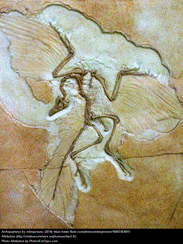Introduction

My students look out the window and see a variety of life. Birds flit from tree to tree, each bird and each tree different but closely connected. We talk about our pets: dogs, cats, guinea pigs, snakes. We look at the animals in our classroom: snails, guppies, millipedes, pill bugs, students, teacher, and the spiders and flies who routinely visit us. Why are there so many different kinds of plants and animals not only in the world around us but also just in our range of vision?
Evolution and first grade, not necessarily two things that one thinks will go well together. Building upon our present Science curriculum, I see a natural extension of our learning. I currently teach a Science unit for 1st grade on organisms and we learn about living and nonliving things. One of the concepts that we learn is that individuals change over time. We get taller; our features may change; depending on our species we may, through metamorphosis, change into an adult that looks totally different than we did as a juvenile. Changes in an individual are all seen in a lifetime. Nonliving things do none of those things, at least not unless they are acted upon. What I want to explore with my students is how and why does a species change over a longer period of time such as generations? The majority of students have not been exposed to this idea. I will “hook” the students with a discussion of evolution featuring Pokémon. We will discuss natural selection and adaptation and adapt Mr. Potato Head or another character to his changing environment. We will discuss how we know that whales evolved from land animals and how their ancestors’ bodies changed to what we see today and then we will move on to birds and how they evolved from dinosaurs and how that happened. Finally, we will evolve our Pokémon according to the rules of natural selection.

Comments: